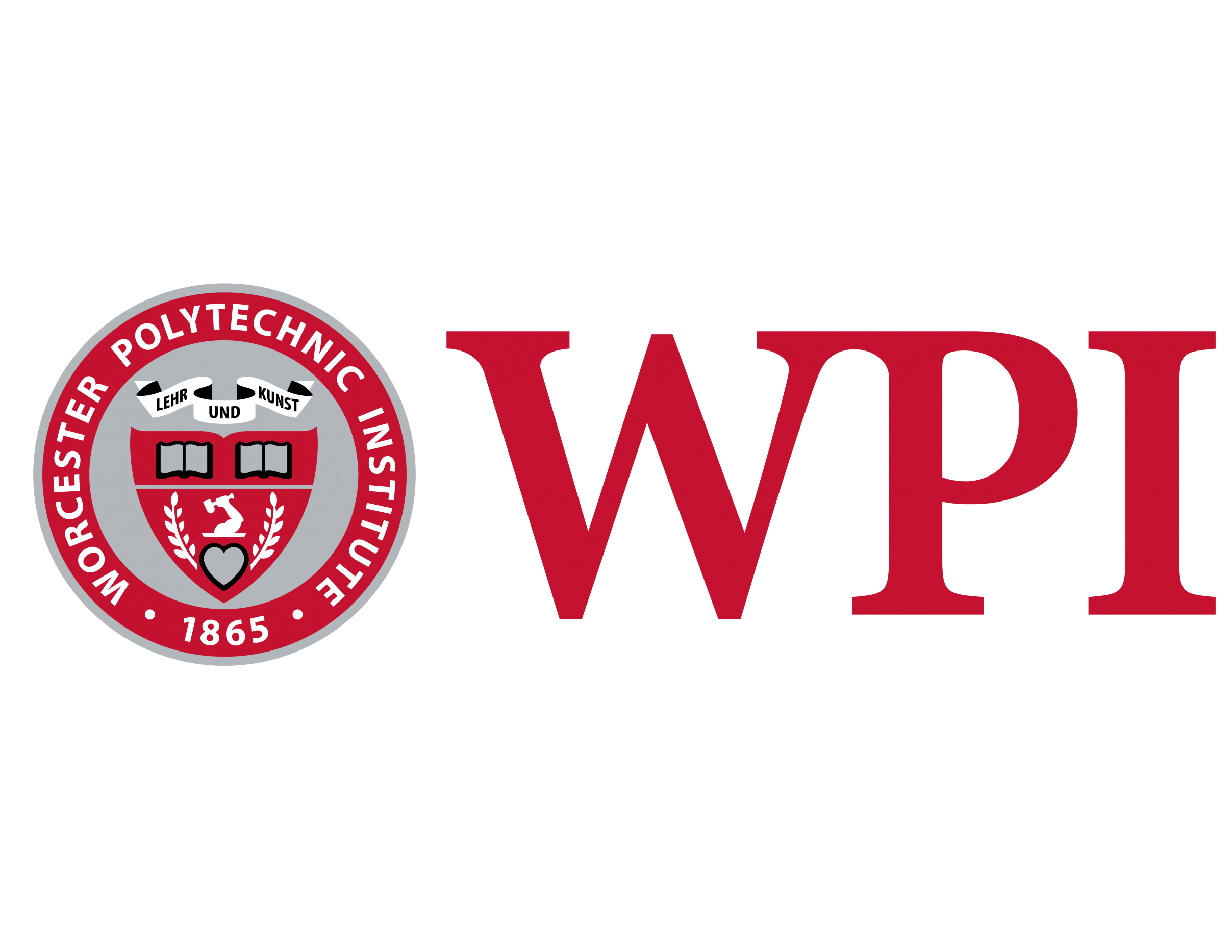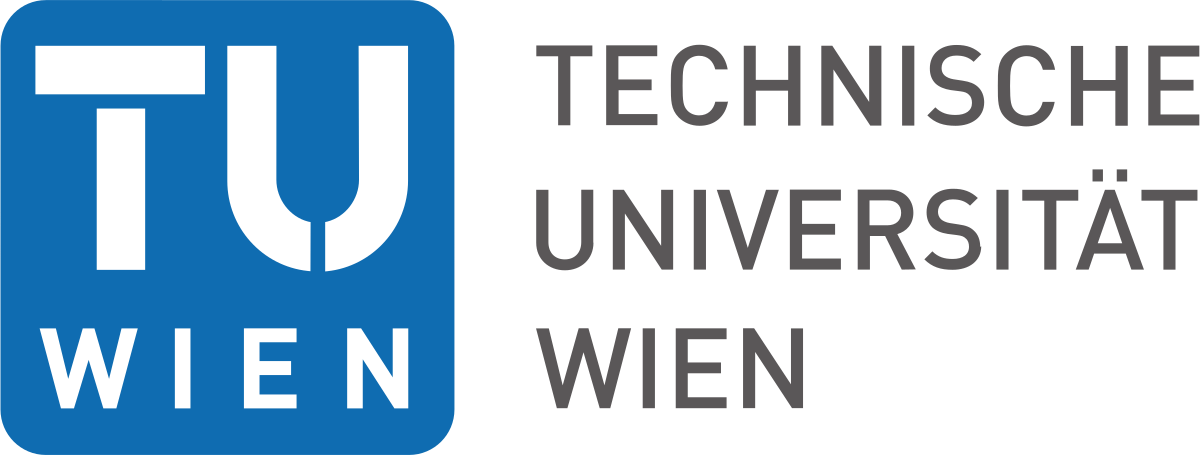




|

|

|

|
|
Seminar "Selected Topics in Mathematics"
Online edition
|
| Past talks: |
| 19 October 2022 (Wednesday, 4pm BST) |
|
Dr. James Cruickshank,
University of Galway
Global Rigidity of Triangulated Manifolds ( Paper #1) ( Paper #2) ( Video link) Abstract. In this talk I will begin with an introduction to global rigidity of frameworks and graphs and then describe recent joint work with Bill Jackson and Shin-ichi Tanigawa in which we prove the following. Theorem. For \(d\geq 3\) the graph of a connected triangulated \((d-1)\)-manifold is generically globally rigid in \(\mathbb R^{d}\) if and only if the graph is \((d+1)\)-connected and, if \(d=3\), not planar. This proves and generalises a conjecture of Connelly. I will also discuss some applications of this result and of the techniques we use in the proof. We prove the generic case of a conjecture of Kalai on the reconstructability of a polytope from its space of stresses. We also use our methods to generalise parts of the Lower Bound Theorem to a larger class of simplicial complexes. Some context for a general audience. A graph is said to be globally rigid in \(\mathbb R^d\) if a generic embedding of the vertex set in \(\mathbb R^d\) is determined, up to isometry of \(\mathbb R^d\), by the distances between adjacent vertices. There is a weaker local version of rigidity in which the embedding is only determined within some neighbourhood. More detail, and examples, will be given in the talk. Jackson and Jordán, following earlier work of Connelly, have characterised graphs that are globally rigid in \(\mathbb R^2\) in terms of the 2-dimensional rigidity matroid. However extending this characterisation to higher dimensions is a very challenging open problem. Indeed there are very few examples known of naturally interesting infinite families of graphs for which the global rigidity problem in \(\mathbb R^d\), for \(d\geq 3\), has been settled. One interesting family of graphs in this context are those arising as graphs of triangulations of manifolds. Fogelsanger showed that the graph of a triangulated \(d\)-manifold is locally rigid in \(\mathbb R^{d+1}\), but the global rigidity problem for such graphs remained open. Connelly conjectured that \(4\)-connected triangulations of non-spherical surfaces are globally rigid in \(\mathbb R^3\). In higher dimensions, even the global rigidity of graphs of simplicial polytopes remained an open question. Kalai, Tay and others have used the local rigidity theory of graphs to prove important results concerning face numbers of pseudomanifolds, but global rigidity theory remains relatively unexplored in that context. |
| 26 October 2022 (Wednesday, 4pm BST) |
|
Prof. Igor Potapov,
University of Liverpool
Reachability Problems in Matrix Semigroups ( Video link) Abstract. Matrices and matrix products play a crucial role in the representation and analysis of various computational processes, The central decision problem in matrix semigroups is the membership problem: "Decide whether a given matrix \(M\) belongs to a finitely generated matrix semigroup". By restricting \(M\) to be the identity (zero) matrix the problem is known as the identity (mortality) problem. Unfortunately, many simply formulated and elementary problems for matrices are inherently difficult to solve even in dimension two, and most of these problems become undecidable in general starting from dimension three or four. For example, the identity problem for \(3\times 3\) matrices of integers is the long-standing open problem. In this talk I will provide an overview about various decision problems in matrix semigroups such as membership, vector reachability, freeness, scalar reachability, etc. Also, I will focus on the number of state-of-the-art theoretical computer science techniques as well as decidability, undecidability and computational complexity results. |
| 02 November 2022 (Wednesday, 4pm GMT) |
|
Prof. Anton Lukyanenko,
George Mason University
Heisenberg continued fractions: overview and recent results ( Video link) Abstract. Continued fraction theory over the real numbers has a long connection to real hyperbolic geometry. About 10 years ago, Joseph Vandehey and I proposed a new CF algorithm over the non-commutative Heisenberg group, which is designed to take advantage of complex hyperbolic theory, and connects directly to the work of Falbel-Francsics-Lax-Parker, Hersonsky-Paulin, Series, Katok-Ugarkovici, Nakada, Hensley, and others. We have since connected the theory to Diophantine approximation, established ergodicity of the Gauss-type map (for a folded variant of the CF), and developed a broader framework of Iwasawa CFs, which include many real, higher-dimensional, and non-commutative CF algorithms. More recently, we returned to the Euclidean setting to explore the dynamics of CFs over the complex numbers, quaternions, octonions, as well as defining new CF algorithms in \(\mathbb{R}^3\). In this talk, I will start by discussing the A. Hurwitz complex CFs as a motivating higher-dimensional algorithm, then discuss the Heisenberg group and Heisenberg CFs, and then provide an overview of my work with Vandehey, finishing with this year's results in Euclidean space. |
| 16 November 2022 (Wednesday, 4pm GMT) |
|
Dr. Valentin Ovsienko,
University of Reims Champagne-Ardenne
Shadows of numbers: supergeometry with a human face ( Video link) Abstract. In this elementary and accessible to everybody talk, I will explain an attempt to apply supersymmetry and supergeometry to arithmetic. The following general idea looks crazy. What if every integer sequence has another integer sequence that follows it like a shadow? I will demonstrate that this is indeed the case, though perhaps not for every integer sequence, but for many of them. The main examples are those of the Markov numbers and Somos sequences. In the second part of the talk, I will discuss the notions of supersymmetric continued fractions and the modular group, and arrive at yet a more crazy idea that every rational and every irrational has its own shadow. The second part of the talk is a joint work with Charles Conley.
|
| 23 November 2022 (Wednesday, 4pm GMT) |
|
Prof. Karin Baur,
University of Leeds
Frieze patterns and cluster theory ( Video link) Abstract. Cluster categories and cluster algebras can be described via triangulations of surfaces or via Postnikov diagrams. In type A, such triangulations lead to frieze patterns or SL\(_2\)-friezes in the sense of Conway and Coxeter. We explain how infinite frieze patterns arise and how Grassmannians or Plücker coordinates give rise to SL\(_k\)-friezes.
|
| 07 December 2022 (Wednesday, 4pm GMT) |
|
Dr. Matteo Raffaelli,
TU Wien
Curvature-adapted submanifolds of semi-Riemannian groups ( Video link) Abstract. Given a semi-Riemannian hypersurface \(M\) of a semi-Riemannian manifold \(Q\), one says that \(M\) is \(\textit{curvature-adapted}\) if, for each \(p \in M\), the normal Jacobi operator and the shape operator of \(M\) at \(p\) commute. The first operator measures the curvature of the ambient manifold along the normal vector of \(M\), whereas the second describes the curvature of \(M\) as a submanifold of \(Q\). This condition can be generalized to submanifolds of arbitrary codimension. In this talk I will present joint work with Margarida Camarinha addressing the case where the ambient manifold is a Lie group equipped with a bi-invariant metric. In particular, we will see that, if the normal bundle of \(M\) is \(\textit{closed under the Lie bracket}\) (i.e., if each normal space corresponds, under the group's left action, to a Lie subalgebra), then curvature adaptedness can be understood geometrically, in terms of left translations. Incidentally, our analysis offers a new case-independent proof of a well-known fact: every three-dimensional Lie group equipped with a bi-invariant semi-Riemannian metric has constant curvature.
|
| 14 December 2022 (Wednesday, 4pm GMT) |
|
Dr. John Blackman,
University of Liverpool
Cutting Sequences and the \(p\)-adic Littlewood Conjecture ( Video link) Abstract. One of the main themes of Diophantine approximation is the study of how well real numbers can be approximated by rational numbers. Classically, a real number is defined to be well-approximable if the Markov constant is 0, i.e. \(M(x):=\lim \inf {q||qx||}=0\). Otherwise, the number is badly approximable, with larger values of \(M(x)\) indicating worse rates of approximation. As a slight twist on this notion of approximability, the \(p\)-adic Littlewood Conjecture asks if -- given a prime \(p\) and a badly approximable number \(x\) -- one can always find a subsequence of \(xp^k\) such that the Markov constant of this sequence tends to \(0\), i.e. if \(\lim \inf {M(xp^k)} =0\). In this talk, I will outline a brief history of the \(p\)-adic Littlewood Conjecture and discuss how hyperbolic geometry can be used to help understand the problem further. In particular, I will discuss how one can represent integer multiplication of continued fractions by replacing one triangulation of the hyperbolic plane with an alternative triangulation. Finally, I will give a reformulation of pLC using infinite loops -- a family of objects that arise from this setting.
|
| Go to the main page. |